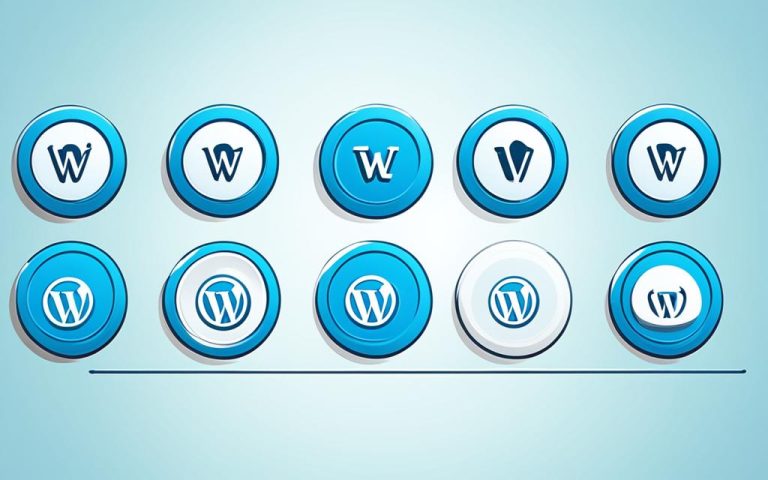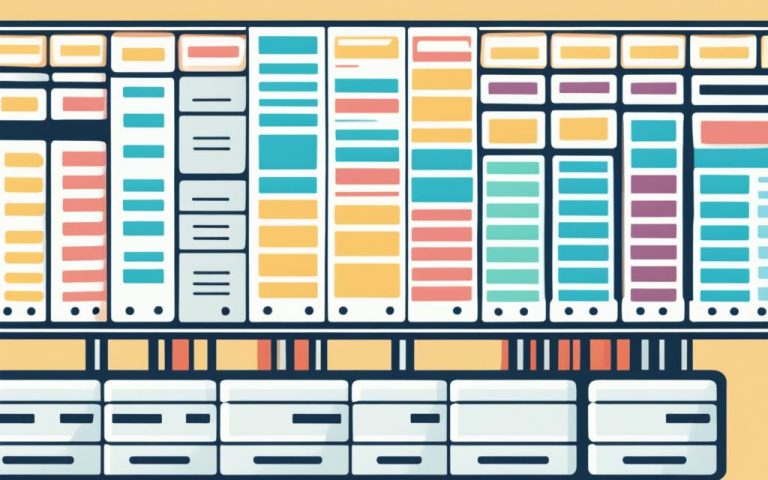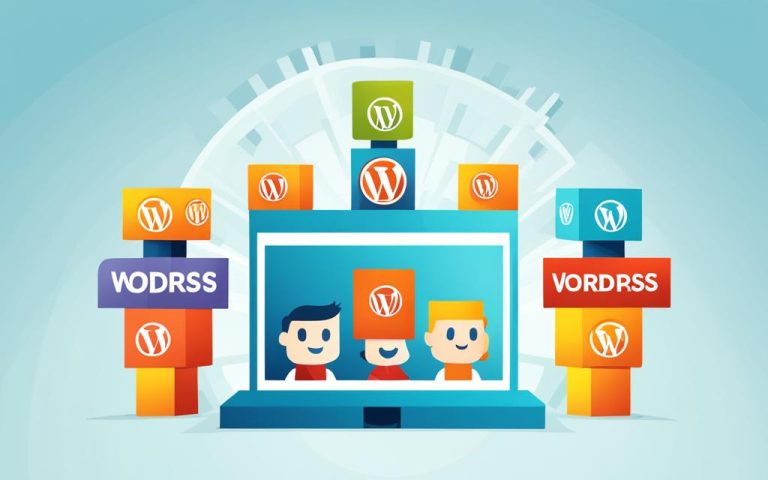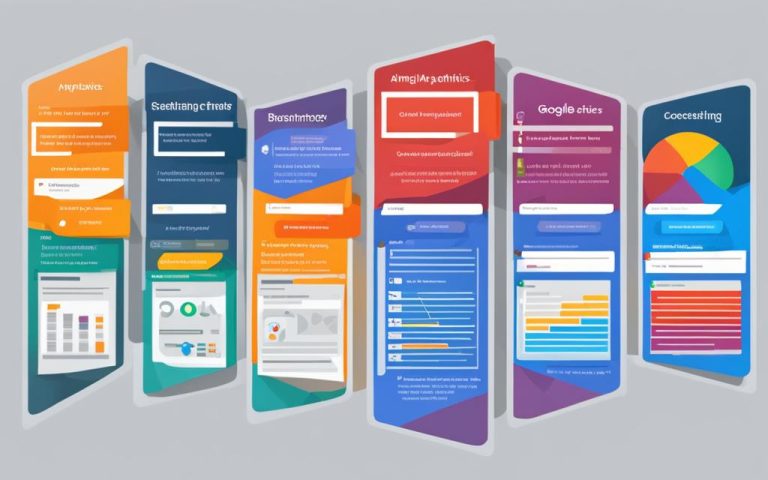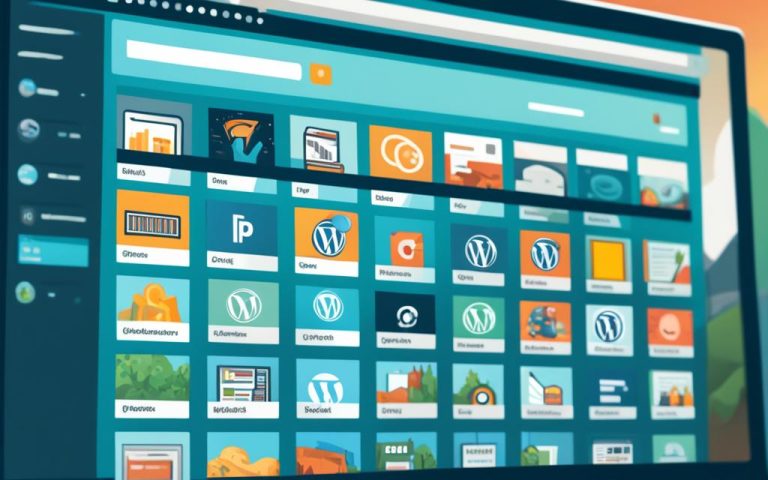WordPress Administrator Role Explained
Welcome to our comprehensive guide on the WordPress administrator role! If you’re new to WordPress or looking to understand user roles and capabilities better, you’ve come to the right place. In this article, we’ll dive into the details of the WordPress administrator role, exploring its responsibilities, capabilities, and privileges. Whether you’re a site owner, an aspiring administrator, or simply curious about how WordPress works, this article will provide you with the valuable information you need.
WordPress administrators play a vital role in managing a website effectively. They have extensive control over site administration, allowing them to perform various tasks to ensure the smooth operation of a WordPress site. In this article, we’ll explore the ins and outs of the WordPress administrator role, shedding light on user roles, capabilities, and admin privileges.
So, let’s get started and dive into the world of WordPress administrators!
Understanding User Roles in WordPress
WordPress provides a role-based system to control user access and permissions on a website. There are six default user roles in WordPress: Super Admin, Administrator, Editor, Author, Contributor, and Subscriber. Each role comes with specific capabilities that determine the tasks a user with that role can perform. Let’s take a closer look at these user roles and their respective capabilities:
Super Admin
The Super Admin role is the highest level of permission in WordPress. This role is primarily used in multisite installations and grants the user full control over all sites within the network. Super Admins can manage network settings, install plugins and themes, and create new sites.
Administrator
The Administrator role is the most powerful role within a single site installation. Administrators have access to all administrative features, including creating and editing posts and pages, managing comments, installing plugins and themes, and assigning user roles. They essentially have full control over the site’s administration.
Editor
Editors have the capability to manage and publish content on a website. They can create and edit posts and pages, moderate comments, and access and publish posts submitted by other users.
Author
Authors can publish and manage their own posts. They have the ability to create, edit, and delete their own content but cannot modify or delete content created by other users.
Contributor
Contributors can write and edit their own posts but do not have the authority to publish them. Instead, their posts need to be reviewed and published by a user with the Editor or Administrator role.
Subscriber
Subscribers have minimal capabilities and can only manage their profile within the WordPress website. They cannot create, edit, or publish any content.
Understanding the different user roles in WordPress allows you to effectively assign appropriate roles to users based on their responsibilities and required access levels. By utilizing the default user roles and capabilities, you can maintain control over your website’s administration and ensure the security and smooth operation of your WordPress site.
Responsibilities and Capabilities of the Administrator Role
The Administrator role in WordPress encompasses a wide range of responsibilities and capabilities, making it essential for site owners and individuals in charge of site management. As the highest level of permission, administrators have full control over all aspects of site administration.
- Create and edit posts and pages
- Moderate comments
- Manage users
- Install and manage plugins and themes
- Customize the site’s appearance
- Handle other administrative tasks
In addition to these core capabilities, administrators also have the authority to assign user roles, invite new users, and control site settings. This level of control provides administrators with the tools necessary to effectively manage and maintain a WordPress website.
Comparison of WordPress User Roles
| User Role | Capabilities |
|---|---|
| Super Admin | The highest level of permission with full control over a network of WordPress sites |
| Administrator | Complete administrative control over a single WordPress site |
| Editor | Can manage and publish content, including posts and pages |
| Author | Can publish and manage their own posts |
| Contributor | Can write and edit their own posts but cannot publish them |
| Subscriber | Can manage their profile and subscribe to site updates |
The Administrator role stands out with its extensive capabilities, providing administrators with the tools they need for effective site management. From content creation and user management to plugin and theme administration, administrators play a crucial role in ensuring the smooth operation of a WordPress site.
Conclusion
The WordPress Administrator role plays a critical role in effectively managing a website. With complete control over site administration, administrators have the power to perform a wide range of tasks that are essential for maintaining a successful WordPress website.
Understanding the responsibilities and capabilities of the Administrator role is crucial for site owners and administrators. By assigning appropriate user roles and managing user access, administrators can ensure the security and smooth operation of their sites.
In summary, the WordPress Administrator role is an indispensable position that empowers individuals to have full control over their websites. By utilizing the extensive capabilities of this role, administrators can effectively manage their WordPress sites, achieve their desired objectives, and provide a seamless user experience.
FAQ
What is the highest level of permission in WordPress?
The highest level of permission in WordPress is the Administrator role. Administrators have complete control over site administration and can perform tasks such as managing users, creating and editing content, moderating comments, managing plugins and themes, and more.
What are the default user roles in WordPress?
The default user roles in WordPress are Super Admin, Administrator, Editor, Author, Contributor, and Subscriber. Each role has a specific set of capabilities that determine what tasks a user with that role can perform.
What can administrators do in WordPress?
Administrators in WordPress have the most extensive capabilities among the default roles. They can create and edit content, moderate comments, manage users, install and manage plugins and themes, customize site appearance, and handle other administrative tasks.
Why is the Administrator role important in WordPress?
The Administrator role is essential for effective website management in WordPress. Administrators have complete control over site administration and can ensure the security and smooth operation of the site by assigning appropriate user roles and managing user access.








